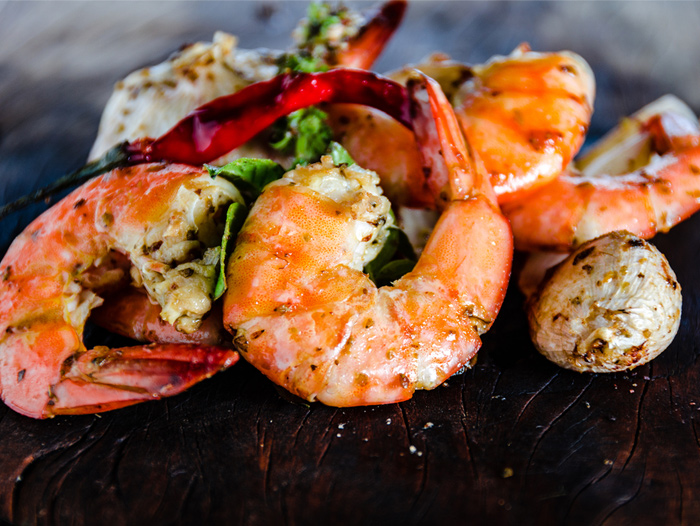Farmed Shrimp Production Chain Protects its Price Points With Pigmentation
January 11, 2023 | 1 min to read

Following reports that the color of farmed salmon could be becoming paler, researchers believe that the same phenomenon is occurring in shrimp. As shrimp farms look to increase productivity and profitability, the level of intensification has been rising with higher stocking densities in production systems and shrimp made to grow faster. This reduces the ability of natural productivity to meet the nutritional needs of shrimp and results in undesired effects, including poor pigmentation.
Chee Kiat Ng, head of business development at JF Nutritech in Kuala Lumpur, Malaysia, is working with a carotenoid-based feed additive for shrimp derived from palm oil.
“Pigmentation is crucial for shrimp,” he told the Advocate. “When they molt, they discard a lot of the pigments that are stored in their shell. This means that they need sufficient levels of carotenoids within their tissue to maintain the same level of pigmentation in their new shell. Unfortunately, however, their color is fading, particularly in farms with very high stocking densities. Indoor systems can also result in poor color, as can low-salinity systems where the shrimp might molt more frequently.”
To read the rest of the story, please go to: Global Seafood Alliance
